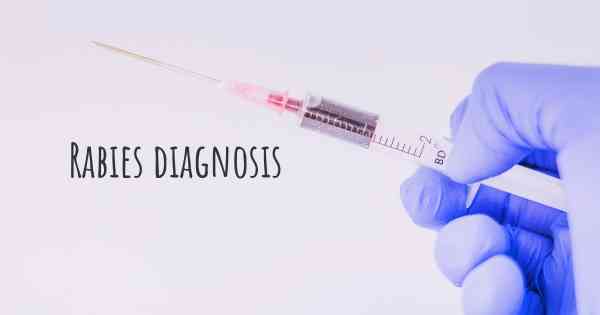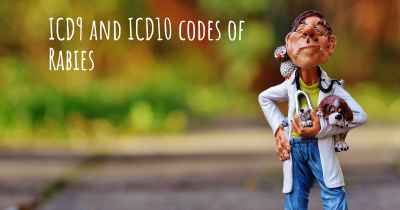4
How is Rabies diagnosed?
See how Rabies is diagnosed. Which specialists are essential to meet, what tests are needed and other useful information for the diagnosis of Rabies

Rabies is a viral disease that affects the central nervous system of mammals, including humans. Diagnosing rabies is crucial for timely treatment and prevention of its spread. The diagnosis of rabies involves a combination of clinical evaluation, laboratory tests, and examination of the patient's medical history.
Clinical Evaluation: The initial step in diagnosing rabies involves a thorough examination of the patient's symptoms and medical history. Rabies typically presents with flu-like symptoms, including fever, headache, and fatigue, followed by more specific signs such as anxiety, confusion, hallucinations, and difficulty swallowing. The presence of these symptoms, especially after exposure to potentially rabid animals, raises suspicion for rabies.
Laboratory Tests: Laboratory tests play a crucial role in confirming a diagnosis of rabies. The most common method is the detection of viral antigens or genetic material in the patient's body fluids or tissues. This is usually done through a procedure called immunofluorescence assay (IFA) or polymerase chain reaction (PCR). These tests can identify the presence of the rabies virus in samples such as saliva, cerebrospinal fluid, or skin biopsies.
Direct Fluorescent Antibody Test (dFA): The dFA test is considered the gold standard for diagnosing rabies. It involves staining brain tissue samples from deceased animals or humans suspected of having rabies with fluorescent antibodies specific to the virus. If the virus is present, it will bind to the antibodies and emit fluorescence when viewed under a microscope.
Other Tests: In some cases, additional tests may be performed to support the diagnosis of rabies. These include viral isolation, which involves growing the virus in cell culture, and serological tests to detect the presence of rabies-specific antibodies in the patient's blood.
It is important to note that diagnosing rabies can be challenging due to the similarity of its early symptoms with other diseases. Additionally, laboratory tests may take time to yield results, which can delay diagnosis and treatment. Therefore, a suspected case of rabies should be treated as an urgent medical concern, and preventive measures should be taken promptly to avoid further transmission.
Diseasemaps








